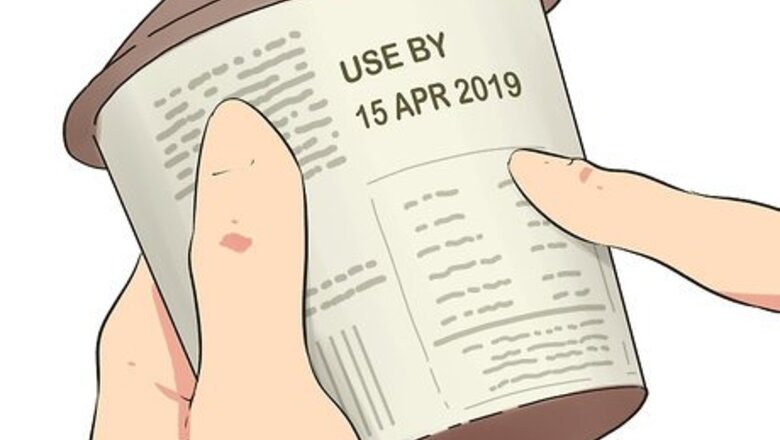
views
Reading “Open Date” Codes
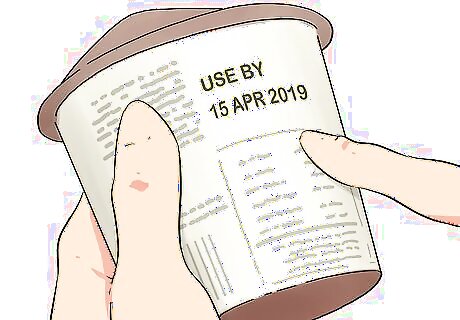
Look for a date accompanied with “use by,” “sell by,” or “best by.” Check the bottom of the product, the sides of the container, the lid, and the necks of bottles. The numbers are stamped on and can sometimes be hard to read or find depending on where they were placed. Many beauty products don’t come with expiration dates, but some do. Keep in mind that most products have a 30-month shelf life. After they have been opened, it’s recommended to use them within 1 year, though if they don’t smell bad or change consistency, you can use your best judgment as to whether or not you want to keep using them. These types of dates that come with a label are “open dates”, meaning that the food or manufacturing company chose that date and it’s meant for the consumer or for the stockers at the store. There are also “closed codes,” but those are meant for manufacturers, rather than consumers.Did You Know? Expiration dates for food, medicines, and beauty products aren’t regulated by the USDA or the FDA. They’re added entirely at the discretion of the actual company. This is part of the reason it can be so tricky to read these dates and understand how long your items will actually be good for.
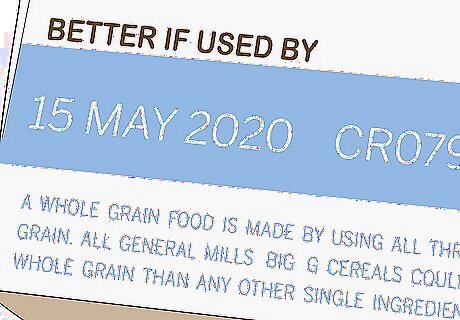
Use a “best by” date to determine the peak window of freshness or potency. The best-by date is meant for the consumer. However, it definitely doesn’t indicate that the food item, medication, or beauty product will start going bad after the date given. Rather, it just means that the item will be at its freshest or most effective before that date. If a food item smells bad or if you can see mold or discoloration, throw it out. If it smells good, looks good, and has been properly stored, it should still be safe to eat. If a beauty product smells strange or has changed in consistency, it most likely isn’t good anymore. For example, a lotion might become lumpy or a liquid foundation might become tacky. It’s hard to tell if medicine is no longer potent. Most over-the-counter medications are effective for as long as 10 years past the expiration date. The best recommendation is to ask yourself if you need the medication to work at the full 100%. If so, you may want to replace it if it’s past the expiration date.

Remove products from shelves after the “sell by” date if you’re a retailer. You can consume food items safely for at least 7-10 days past the sell-by date, but most retailers will be ready to move the stock off of their shelves to make way for new shipments. Medicines and beauty products generally don’t have sell-by dates, unless they contain fresh ingredients. If you’re shopping and notice that a food product is past its sell-by date, you can still buy it. Just keep in mind that it’ll need to be used within a week or so.
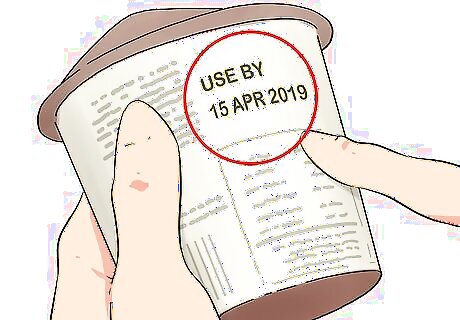
Read a “use by” date as a tip for when an item might start to go bad. This date doesn’t mean that a food item, beauty product, or medicine is no longer safe or that it is bad already. For food items, it means to be on higher alert when you open the product, as it could have started to decay or go stale. For other types of items, it means that the product may not be as effective as it was before the given date. The use-by date has more to do with the item’s quality rather than its safety. Remember, these dates are chosen by the manufacturers, not by the FDA or USDA. Some food products also have a “freeze by” date listed, so that consumers can know when to move their goods from the fridge to the freezer so that they don’t have to throw anything out. Pay attention to odd smells or changed consistencies in food items and beauty products. These indicate that the item may not be good to use or consume anymore. You can safely assume that medicine is still effective if it was bought in the last few years, but go ahead and replace the bottle if you’re concerned about it not working at its full potency, like for pain relievers or allergy pills.
Interpreting “Closed Coding” Dates
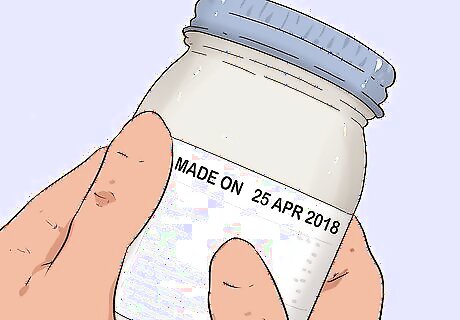
Read a closed code as a “made/manufactured on” date. On many beauty products and canned goods, you can locate a code that is made of either numbers and letters combined or just numbers. If the code isn’t accompanied by words like “use by,” “sell by,” or “best by,” that means it refers to the date the product was manufactured. There are a few different forms that the closed code may take:Tip: Keep in mind that closed-code dating isn’t a representation of a food item’s expiration date. Rather, it’s used for inventory and tracking purposes on the manufacturer’s end.
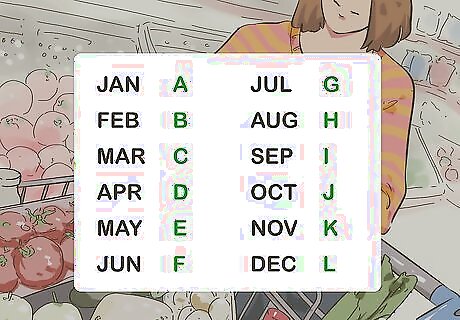
Read letters as though they were assigned to months. If the code you’re reading includes a letter, use the letters A through L to figure out if the month is January (A), February, (B), March (C), and so on. Read the numbers after the letter as the date of the month and the year in which the item was produced. For example, if a code reads “D1519,” that means April 15, 2019. Many products might have a closed code as well as an open-date code. If the number you’re reading isn’t accompanied by any words, like “use by” or “best by,” it’s a closed code and doesn’t refer to the food’s quality.
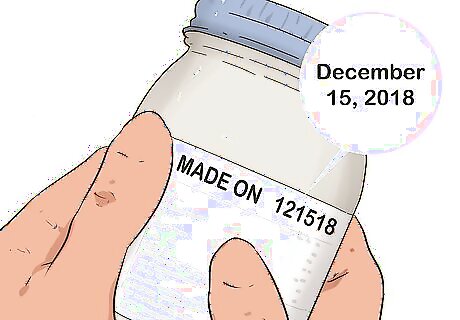
Match an all-numerical code with a “month, day, year” sequence. If the code you’re reading is comprised of 6 digits, it most likely is a month-day-year code. Read these codes as MMDDYY, where “MM” refers to the month, “DD” refers to the date, and “YY” refers to the year. This is one of the more common codes that you’ll see on food items. For example, “121518” would be read as December 15, 2018. Certain brands use a year-month-day sequence, where December 15, 2018, would be written as “181215”.
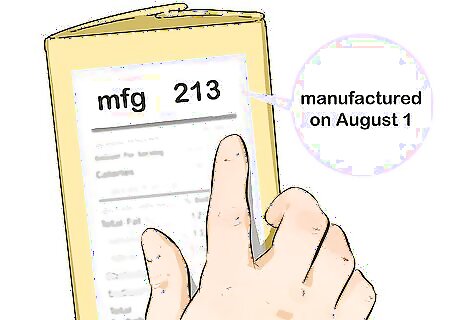
Interpret a 3-digit code as the date in a year that a product was made. This is called the Julian calendar code. It’s commonly used on eggs, but also appears on canned goods. Each day of the 365-day year is assigned a numerical value, where “001” is read as January 1 and “365” is read as December 31. For example, if a can of olives shows a 3-digit code of 213, that means it was manufactured on August 1.Tip: With eggs, it’s safe to assume that if you’re within 30 days of the 3-digit code, the eggs are still safe to consume. You can also test an egg’s freshness by putting it in a bowl of cold water. If it sinks, it’s fresh. If it stands up on end, it’s bad.














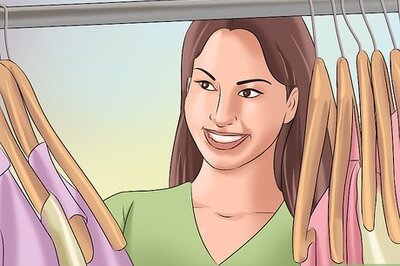



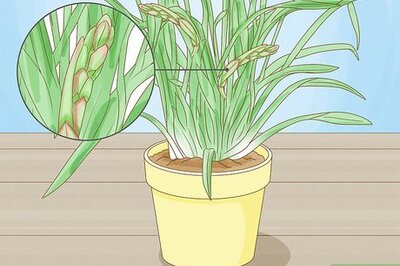

Comments
0 comment